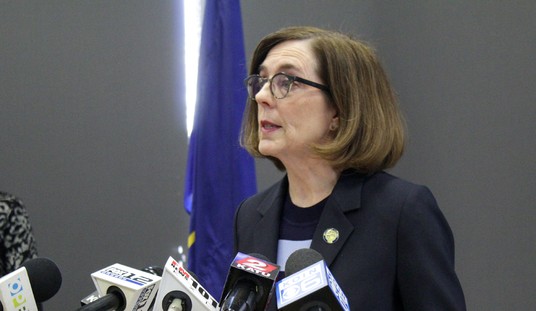During a post-shellacking slump where good news has been hard to come by, the Obama administration this week trotted out some rosy numbers from one of your larger taxpayer investments at General Motors. The big talking points were the unloading of quite a bit of G.M. stock, financial losses avoided and – of course – jobs saved or created.
American taxpayers’ ownership of General Motors was halved on Wednesday, and billions of dollars in bailout money was returned to the federal government, as a result of the nation’s largest initial stock offering ever.
The offering, which raised $23.1 billion, is bigger and more ambitious than had once seemed possible. But the recently bankrupt automaker will have to build on its revival for the government to recoup its entire $50 billion investment and validate the Obama administration’s decision to keep G.M. from collapsing.
As is usually the case when the administration has “good news” to share, there’s quite a bit more to this story than first meets the eye. First of all, this wasn’t just a good P.R. opportunity for the Treasury Department. It was also a chance for G.M. to rid themselves of a “business partner” which has been anything but good for business.
The stock sale follows months of sometimes tough discussions between the company and the Treasury Department, led by officials like the former investment banker Ron Bloom, over how much stock to sell and at what price. For G.M., it has long been an important goal to rid itself of the “Government Motors” moniker it insists is hurting car sales.
President Obama described this as, “our disciplined commitment to exit this investment while protecting the American taxpayer,” which sounds great on the surface. But even under the most optimistic of circumstances, former head of the U.S. Automotive Task Force Steve Rattner said the government,”may lose $5 billion to $7 billion on its rescue of t he auto industry.”
And what will be required to achieve these modest losses? First of all, the government is contractually barred from selling any more stock for the next six months. And when they do, they’d better hope that G.M’s fortunes have shown an astounding turnaround.
The new shares start trading on Thursday at $33 each. To break even, the Treasury Department will need to sell its remaining 500 million shares at an average price of $53 each in the months and years to come. And while the administration may retain great influence over the company, it may not be able to keep stoking the enthusiasm investors have shown for G.M. stock in recent days.
That may prove to be quite a feat, particularly given the performance of their cousins at Ford, whose stock has struggled to get back to $16 per share without being burdened with the Government Motors moniker. And, of course, all of this fails to take into account the fact that people without jobs don’t tend to rush out and buy new cars.
It’s good to see the government slowly extricating itself from this situation, but the pie in the sky projections being rattled off by the Obama administration this week will likely strike many as a lot more vapor and a lot less Viper.
UPDATE: We are reminded that in the midst of all the celebrating over this new IPO, if you are one of the thousands of people still holding on to the “old” GM stock, well… you can still line the bottom of your bird cage.








Join the conversation as a VIP Member